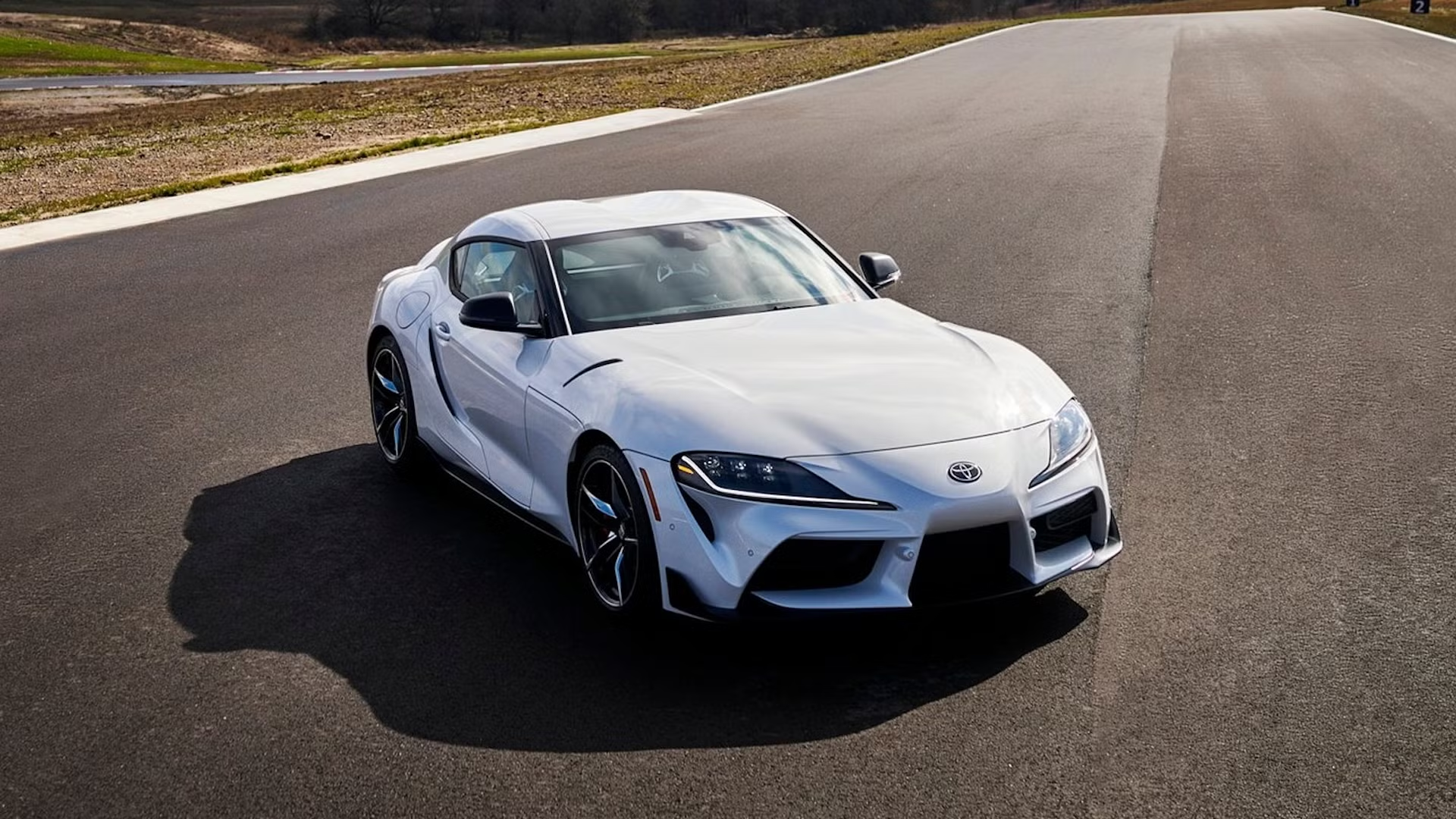The winds of change are sweeping through the world of graphics cards. NVIDIA, the titan of GPU manufacturing, is reportedly shifting its production focus to the highly anticipated GeForce RTX 50 series, built on the Blackwell architecture. This strategic move signals the end of the line for the current Ada Lovelace generation, with rumors suggesting that only one Ada GPU remains in production.
This shift has sent ripples through the tech community, prompting questions about the future of graphics technology and what consumers can expect from the upcoming RTX 50 series. In this article, we’ll delve into the details of this transition, exploring the reasons behind NVIDIA’s decision, the implications for gamers and creators, and what we know so far about the Blackwell architecture.
The Rise and Fall of Ada Lovelace
Launched in late 2022, the Ada Lovelace architecture marked a significant leap forward in graphics processing. It powered the GeForce RTX 40 series, delivering impressive performance improvements and introducing innovative features like DLSS 3. Gamers and content creators alike marveled at the capabilities of cards like the RTX 4090 and 4080, pushing the boundaries of visual fidelity and realism.
However, the Ada Lovelace generation also faced its share of challenges. Early criticisms focused on the high price points of the top-tier cards, making them inaccessible to many. Furthermore, the power consumption of these cards raised concerns about energy efficiency and heat dissipation.
Despite these hurdles, Ada Lovelace GPUs have enjoyed considerable success, driving advancements in gaming, AI, and content creation. But as the tech world relentlessly marches forward, NVIDIA is setting its sights on the horizon, preparing to usher in a new era of graphics processing with the RTX 50 series.
Why the Shift to Blackwell?
Several factors likely contribute to NVIDIA’s decision to transition to the Blackwell architecture:
- Technological Advancement: The Blackwell architecture promises to deliver significant performance gains over its predecessor. Early rumors suggest improvements in ray tracing capabilities, AI processing, and overall efficiency.
- Market Demand: The demand for high-performance graphics cards continues to grow, driven by the increasing popularity of gaming, content creation, and AI applications. NVIDIA aims to meet this demand with a new generation of GPUs that push the boundaries of visual computing.
- Competition: The GPU market is highly competitive, with AMD continually challenging NVIDIA’s dominance. By introducing the RTX 50 series, NVIDIA aims to maintain its leadership position and offer cutting-edge technology to consumers.
What to Expect from the GeForce RTX 50 Series
While concrete details about the RTX 50 series remain scarce, leaks and rumors provide tantalizing glimpses into what we might expect:
- Improved Performance: Blackwell is rumored to deliver substantial performance gains over Ada Lovelace, potentially offering up to twice the performance in certain tasks. This translates to smoother gameplay, faster rendering times, and enhanced capabilities for AI workloads.
- Enhanced Ray Tracing: Ray tracing technology has revolutionized computer graphics, creating realistic lighting and reflections. The RTX 50 series is expected to further refine ray tracing capabilities, offering even more immersive and visually stunning experiences.
- Increased Power Efficiency: Addressing concerns about power consumption, Blackwell is rumored to be more energy efficient than Ada Lovelace. This could lead to lower power bills and reduced heat generation, making the cards more appealing to environmentally conscious consumers.
- New Features: NVIDIA is likely to introduce new features and technologies with the RTX 50 series, potentially including advancements in AI upscaling, virtual reality, and content creation tools.
The Fate of Ada Lovelace
With the production shift towards Blackwell, the Ada Lovelace generation is nearing its end. Reports suggest that only one Ada Lovelace GPU, possibly a lower-end model, remains in production. This is a common practice in the tech industry, as manufacturers phase out older products to make way for new ones.
However, this doesn’t mean that Ada Lovelace GPUs will suddenly become obsolete. They will continue to power gaming rigs and workstations for years to come, offering excellent performance for a wide range of applications. Furthermore, NVIDIA will likely continue to support Ada Lovelace GPUs with driver updates and optimizations, ensuring their continued relevance in the evolving tech landscape.
My Thoughts and Experiences
Having closely followed the evolution of NVIDIA GPUs over the years, I’m excited about the possibilities that the RTX 50 series holds. I’ve personally experienced the transformative power of each new generation, from the introduction of CUDA cores to the advent of real-time ray tracing.
I recall the excitement surrounding the launch of the RTX 4090, and how it redefined what was possible in gaming and content creation. However, I also remember the initial sticker shock and the concerns about power consumption. It seems NVIDIA has taken these factors into account with the development of Blackwell, aiming for a balance of performance, efficiency, and affordability.
As a content creator, I’m particularly interested in the potential advancements in AI upscaling and rendering technologies. These features could significantly streamline my workflow and enable me to create even more compelling content. I’m also eager to see how the RTX 50 series handles demanding games and VR experiences, pushing the boundaries of visual fidelity and immersion.
The transition to the GeForce RTX 50 series marks an exciting new chapter in the world of graphics processing. While we bid farewell to the Ada Lovelace generation, we eagerly anticipate the innovations and advancements that Blackwell will bring.
As NVIDIA continues to push the boundaries of visual computing, we can expect even more realistic graphics, immersive experiences, and powerful tools for creators and professionals. The future of graphics technology is bright, and I, for one, am excited to witness the next leap forward.










Add Comment